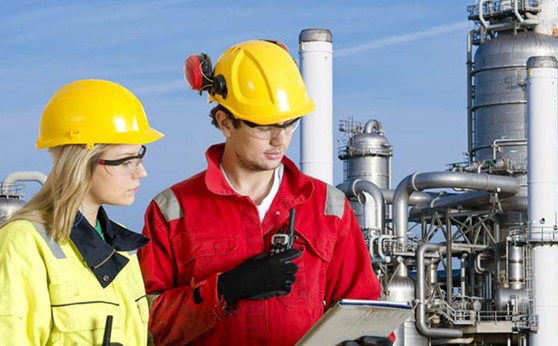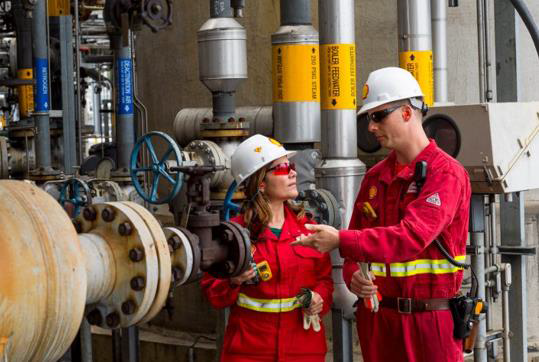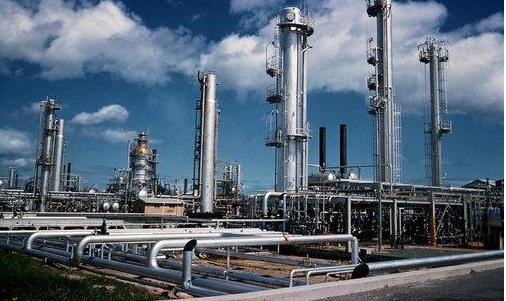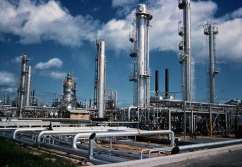COURSE OVERVIEW
PE0422 : Amine Treating and Sour Water Stripping

OVERVIEW
| COURSE TITLE | : | PE0422 : Amine Treating and Sour Water Stripping |
| COURSE DATE | : | Nov 23 - Nov 27 2025 |
| DURATION | : | 5 Days |
| INSTRUCTOR | : | Mr. Mervyn Frampton |
| VENUE | : | Dubai, UAE |
| COURSE FEE | : | $ 5500 |
| Request For Course Outline | ||
Course Description
This practical and highly-interactive course includes real-life case studies and exercises where participants will be engaged in a series of interactive small groups and class workshops.
Hydrogen sulfide, carbon dioxide, mercaptans and other contaminants are often found in natural gas streams. H2S is a highly toxic gas that is corrosive to carbon steels. CO2 is also corrosive to equipment and reduces the Btu value of gas. Gas sweetening processes remove these contaminants so the gas is suitable for transportation and use.
Acid gases that are produced from the low-temperature methanol absorption and the sour water stripping processes from the sour water stripping and amine absorption-regeneration processes in the refining industry contain highly concentrated gaseous H2S and organosulfur compounds.
The tail gas treating unit converts the small amount of sulfur compounds (< 5%), which were not converted in the sulfur recovery unit (SRU), into hydrogen sulfide (H2S) and recycles it back to the SRU for additional processing. The SRU tail gas is heated and sent to the catalytic reactor where essentially all of the sulfur compounds are converted into H2S. The gas from the catalytic reactor is cooled in the waste heat exchanger and the quench tower. Excess water is removed in the cooling process and is sent to the sour water stripper.
The dramatic increase in the use of selective amines for gas sweetening has resulted from the inherent economic benefits including smaller equipment sizes, lower circulation rates, and higher overall amine concentration. Selective amines absorb H2S in the presence of CO2, either from thermodynamic solubility or kinetic effects. Mixtures containing selective amines can be formulated to allow a certain amount of CO2 to remain in the processed gas.
This course is designed to provide participants with a detailed and up-to-date overview of refinery SRU, tail gas treating, sour water and amine recovery units. It covers the key elements associated with the design, operation and control of refinery sulphur recovery, TGTU, amine regeneration unit and sour water stripping unit; some valuable insight on how to optimize, debottleneck and troubleshoot sulphur block units; the gas processing, sulphur recovery, and tail gas treating units; the safety hazard H2S, pyrophoric iron and others in sulphur recovery unit; the startup, shutdown and normal operations of sulphur recovery unit and TGTU unit; the SRU claus furnace design and controls; the SRU reactor and TGTU reactor catalysts and its process parameter; and the SRU process control loops principle, sulphur leg and degassing pit design, process, reactions and principle.
During this interactive course, participants will learn the sulphur liquid handling; the amine regeneration process principle and design consideration; the ARU filtrations, activated carbon and amine regeneration unit feed sources; the amine regeneration unit startup, shutdown, normal operations and monitoring; the ARU process control loops principle, amine regeneration unit troubleshooting, impurities, limits foaming, corrosion and amine losses; the amine unit degreasing and other special procedures; the chemicals, sour water stripping process principle and sour water stripping unit design considerations; the sour water stripping unit equipment’s and design considerations; the sour water stripping unit startup, shutdown, normal operations and monitoring; the water stripping unit process control loops principle, troubleshooting and corrosion; and the sour gas flare header and utilities.
TRAINING METHODOLOGY
This interactive training course includes the following training methodologies:
LecturesPractical Workshops & Work Presentations
Hands-on Practical Exercises & Case Studies
Simulators (Hardware & Software) & Videos
In an unlikely event, the course instructor may modify the above training methodology for technical reasons.
VIRTUAL TRAINING (IF APPLICABLE)
If this course is delivered online as a Virtual Training, the following limitations will be applicable:
| Certificates | : | Only soft copy certificates will be issued |
| Training Materials | : | Only soft copy materials will be issued |
| Training Methodology | : | 80% theory, 20% practical |
| Training Program | : | 4 hours per day, from 09:30 to 13:30 |
RELATED COURSES

PE0640 : Troubleshooting Process Operations
- Date: Dec 15 - Dec 19 / 3 Days
- Location: Abu Dhabi, UAE
- Course Details Register

PE0105 : Process Plant Optimization, Revamping & Debottlenecking
- Date: Dec 21 - Dec 25 / 3 Days
- Location: Cairo, Egypt
- Course Details Register

PE0910 : Refinery Production Operations & Petroleum Products
- Date: Dec 21 - Dec 25 / 3 Days
- Location: Kuwait City, Kuwait
- Course Details Register

PE0910 : Refinery Production Operations & Petroleum Products
- Date: Dec 19 - Jan 23 / 3 Days
- Location: Abu Dhabi, UAE
- Course Details Register
